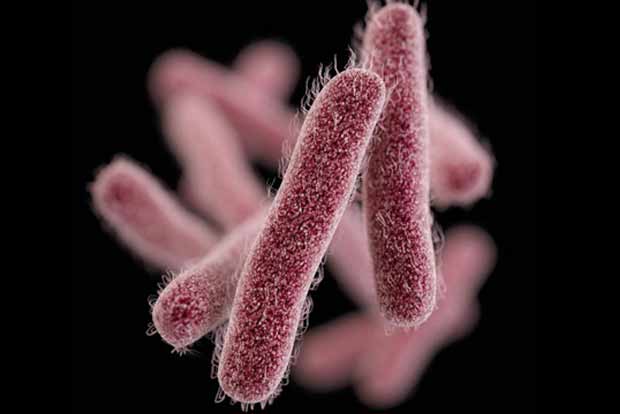Lessons Unlearnt
Hospitals have been instructed to remain alert for symptoms such as acute encephalitis syndrome (AES).

CHENNAI: Earlier this week, in the aftermath of the Nipah infection being confirmed for the third time in Kozhikode district in Kerala, the number of cases rose to five, as a healthcare worker from a private hospital tested positive on Wednesday.
The State Health Department has compiled a contact list of 789 persons linked to the two people who succumbed to the infection and two others who are undergoing treatment after testing positive for the virus. While major events have been restricted in the district until Sept 24, ICMR was to provide monoclonal antibodies for treatment too.
Kerala Health Minister Veena George said the recent cases were pertaining to the Bangladesh strain, which was comparatively less infectious, but spread from human to human, and had a high mortality rate of 70%. In Tamil Nadu, the Directorate of Public Health and Preventive Medicine issued fresh guidelines to the health officials to intensify testing and strengthen vigil on regions bordering Kerala. Hospitals have been instructed to remain alert for symptoms such as acute encephalitis syndrome (AES).
It was in 2019 when the virus surfaced in Kerala for a second straight year and experts had warned of the possibilities of annual outbreaks. Their findings were attributed to the omnipresence of the Pteropus medius species of fruit bats that are found to be key reservoirs of the Nipah virus (NiV) across Kerala. The transmission of pathogens from animals to humans, known as a zoonotic spillover, was attributed to these bats. During the outbreak of 2018, 21 people among the 23 infected had succumbed. This time around as well, there is no cure, only supportive treatment.
Scientists had also warned that outbreaks might not occur in the same location or come with the similar symptom profile. What has now become an embarrassment for Thiruvananthapuram is that despite having a run-in with the virus for the fourth time (the others being 2018, 2019 and 2021), Kerala finds itself at a dead end when on making investments in the field of disease epidemiology.
Such investments in research are crucial to the understanding and the building of preparedness when dealing with a zoonotic infection with such a high case fatality rate. There are several questions regarding the nature of the outbreaks. One of them is that why has the same belt in Kozhikode emerged as the hotspot of virus spillover events in spite of the presence of Pteropus bats everywhere. Experts are still speculating on how or when the virus spillover transpires, and the route that it assumes.
There are questions on how the index case contracted the virus on each occasion – whether it was through consumption of fruits contaminated by bat saliva or through exposure to bat droppings or sheddings. Epidemiologists have underscored the need for a study on the dynamics of NiV on bats. As it finds a mention in the WHO’s compilation of priority pathogens, Kerala must undertake systematic surveillance of the bat species and research the ecological implications of the NiV with regard to humans.
The role of anthropogenic activity in zoonotic spillovers must not be ignored. The expansion of agricultural activity in native ecosystems of fruit bats has been highlighted in post-factor analyses.
The lessons from the pandemic are fresh in our memories, and so are the theories surrounding zoonotic transmission from the wet markets of Wuhan. Such contagions will not be the last of their kind. The sooner we build capacities to analyse outbreaks, the faster we can control spillovers and their triggers.



